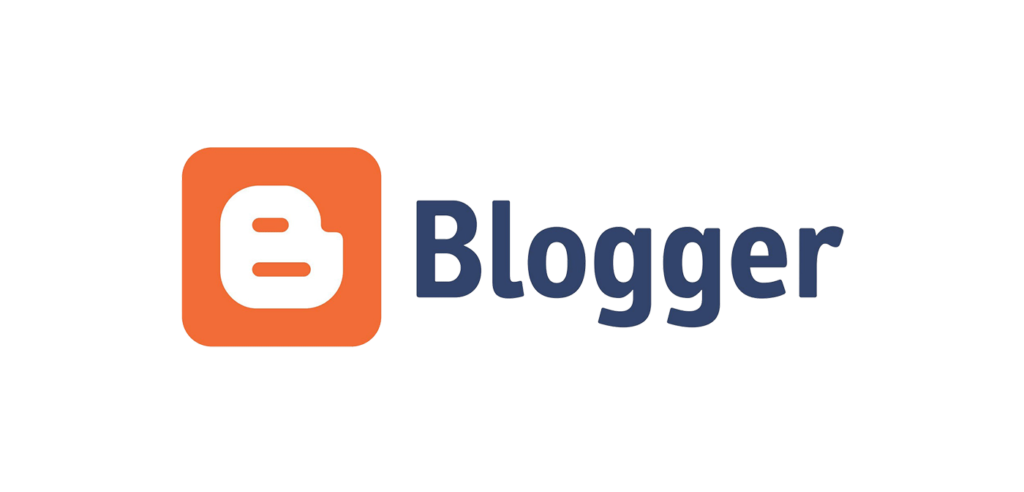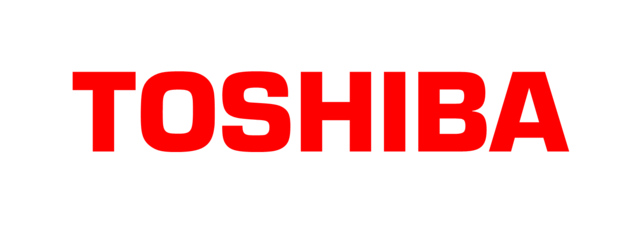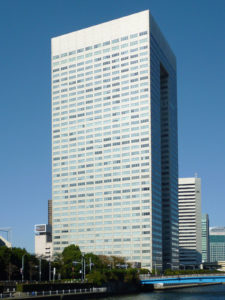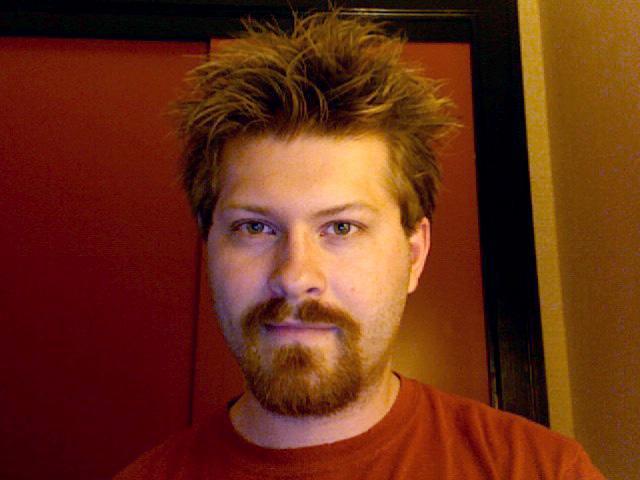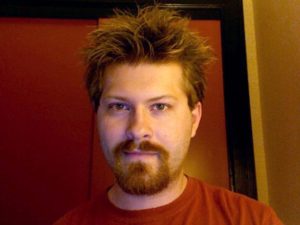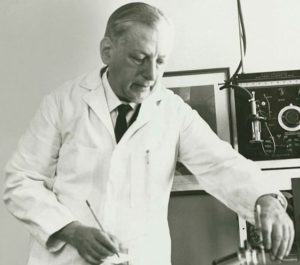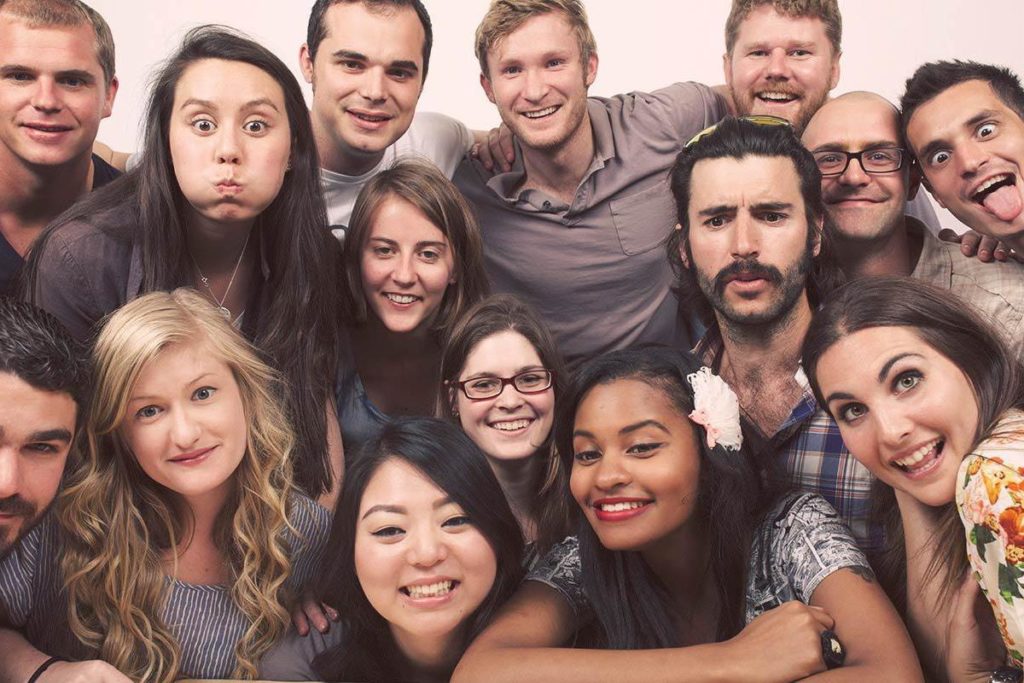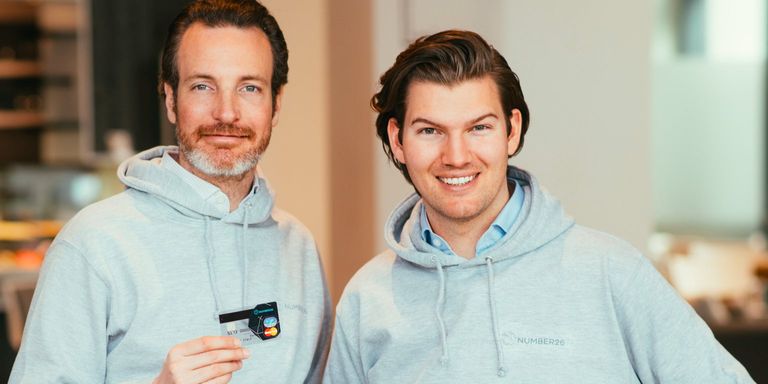Evan Williams : The Man Behind Major Startups Including Blogger, Twitter, and Medium
Entrepreneurship demands skills and experience, but for some people, it comes all by birth. They do not need much experience, instead, their passion helps them to reach their goals. One such name is Evan Williams, who is the founder of the biggest blogging websites, Blogger and Medium. He has also co-founded some other ventures and is one of the co-inventors of the largest micro-blogging website, Twitter. From a part-time farmer to an internet entrepreneur, Williams’ story, definitely, includes motivation for people.
Early Life
Evan Williams was born as Evan Clark Williams on March 1972 in Clarks, Nebraska, to Laurie Howe and Monte Williams. His family was into farming, so he also worked in the farms in the summer holidays as help. After completing high school from a local government school, Williams joined the University of Nebraska–Lincoln, where he also became a member of the FarmHouse Fraternity. But as he was more into starting his own business and making a career, he left college only after a year and a half.
Career
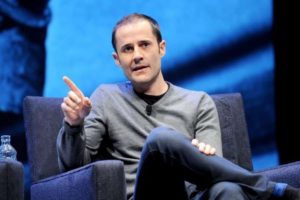
Looking for a better work opportunity, Williams ended up working with a few startup companies based in various parts of Florida, Texas, and Austin. Later, he moved to Sebastopol, California, to join the marketing team of O’Reilly Media. While working at O’Reilly, he switched to the coding department of the company. He was successful in learning the required skills and developed a personal blog website EvHead.com. Eventually, he left the job to become a freelance coder. As a freelancer, he worked with companies, like Intel and Hewlett-Packard.
Founding Blogger
Evan Williams along with Meg Hourihan co-founded Pyra Labs. The aim behind founding the company was to create management software for businesses. The first product that the company produced was a web application named ‘Pyra’, which included a project manager, contact manager, and a to-do list.
I999, they used the elements of ‘Pyra’ and created a blog-publishing tool named Blogger. It was officially launched in August in the same year. The platform was entirely free, so it faced a lot of trouble to survive. But soon, when it started getting ads, it began to stabilise. Soon Williams added some premium features to the platform, to monetise it. Hourihan left the company just after a few years of the inception of the company.
In February 2003, Google acquired PyraLabs, and eventually, Blogger. With the acquisition, the premium features of Blogger also became free to use. Williams continued to work with Google for one year after the takeover and left the company in 2004.
With Google, Blogger got new redesigns every few years and became the number one blogging platform. Blogger has provided its users with the freedom to create blogs for free. It provides the users to create beautiful looking designs for their blogs, and also, buy a separate domain to host their blogs as a distinct channel.
After PyraLabs: Obvious Corporation, Twitter, Medium
After PyraLabs, Williams went on to found Odeo, a podcast company, in October 2004. Sonic Mountain later acquired the company in 2007. He also co-founded Obvious Corporation in late 2006.
The famous micro-blogging website, Twitter, was one of the various projects that Williams co-worked on along with other key members of Obvious Corporation. Later April in 2007, Twitter was spun off to become a separate company. Williams held the position of the CEO of Twitter, the most successful venture he has worked on, in 2008. After serving the company for two years, Williams stepped down as the CEO to focus entirely on product development. Williams holds around 30-35 per cent stake in Twitter.
After Twitter, Williams wanted to develop a platform that would provide the users with an increased character-limit to write their blogs, as in the beginning, Twitter allowed writing 140- characters. So, in 2012, he founded Medium. Initially, it was only open to the early adopters, but later, it was opened for public.
In the first two years of its inception, the platform did not have much of users, but by March 2015, the platform recorded over 1.5 million hours reading time by its visitors. The company hired a staff of writers and editors to put good content over the platform. In 2015, the platform was nominated for the National Magazine Award.
In May 2017, Medium.com had gained an average of over 60 million unique monthly readers. By this time, the company started paying the writers based on the likes and the number of readers their posts had on Medium. Williams added ad banners to the platform, such that to make some profits through ads, but this business model did not work for the company, and he had to remove those ads from the platform.
Personal Life
William is married to Sara Williams and has two children. He lives in San Francisco with his family. He has a net worth higher than $1 billion.
William got his name under the list of top 100 innovators in the world under the age of 35 in the MIT Technology Review TR100, in 2003. In the next year, he was named “People of the Year” along with his partners Hourihan and Paul Bausch in one of the PC Magazines.

Yashica is a Software Engineer turned Content Writer, who loves to write on social causes and expertise in writing technical stuff. She loves to watch movies and explore new places. She believes that you need to live once before you die. So experimenting with her life and career choices, she is trying to live her life to the fullest.
